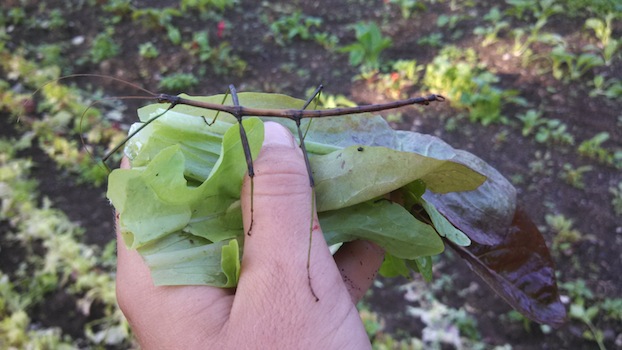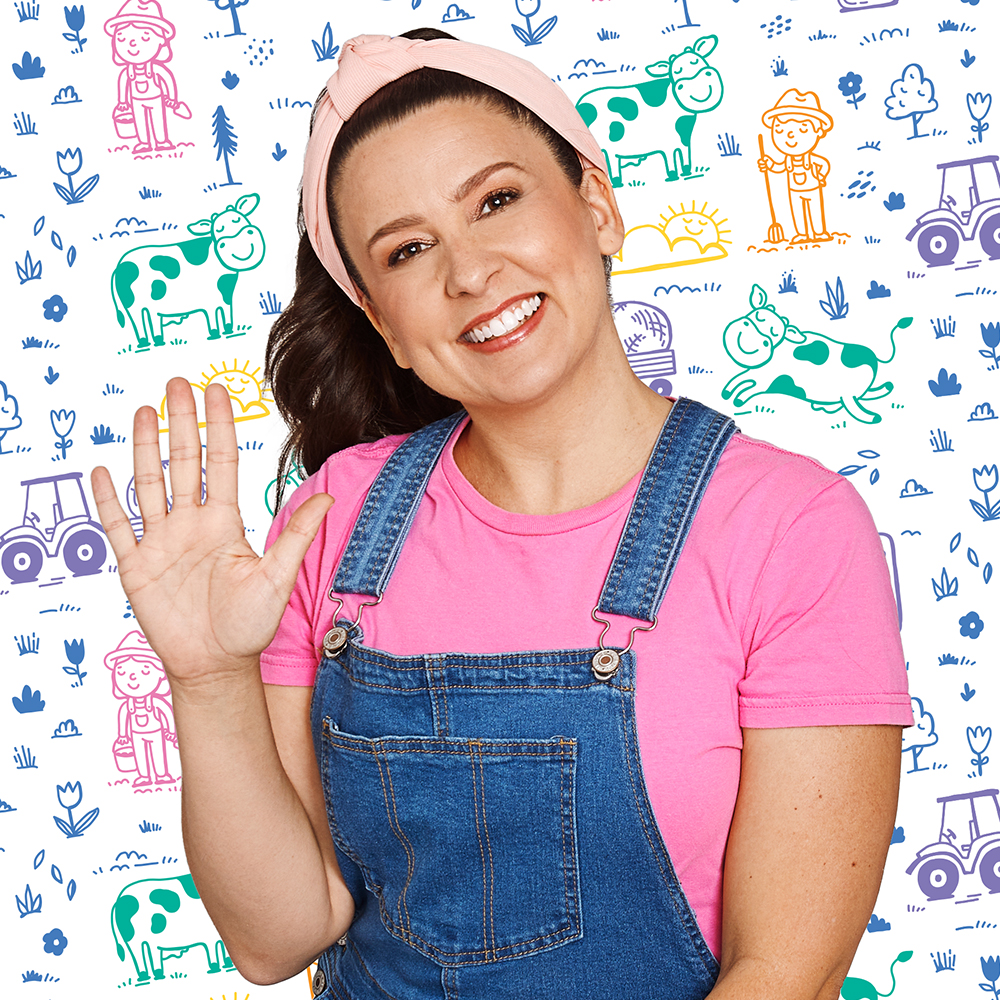Farmer Voices: Organic Ways to Keep Pests Away
September 24, 2013
webmaster@push10.com

As a young, first-generation farmer, my interest in agriculture is centered on a love for good food, a healthy lifestyle and a hearty ecosystem. To me, organic farming is the only way to address all three of those goals. Finding organic ways to keep pests away is a key component in all of those areas.
I am co-manager of Second Wind CSA, at Four Winds Farm in Gardiner, NY; my fiancée and I provide full weekly vegetable shares to 60 families and participate in a nearby farmers market. The farm is certified organic and we try to go above and beyond the regulations – even avoiding the short list of pesticides that are approved for use in organic whenever possible.
I have come to learn firsthand that it is possible to succeed in growing a bounty without engaging in chemical pest control. Since more and more consumers express concern about how agricultural systems affect our health and our planet, there is a growing interest in food grown without toxic pesticides and other harmful substances. As long as people want to eat organic food, I want to grow it.
There’s the dream, and then there’s reality. In our ideal world, we make the plants indestructible by building the vitality of the soil and plants. We monitor the crops 24/7 to catch pests before they do damage. We never miss a crop rotation and always cover with floating row cover as a physical barrier from insects. And in our spare time, we turn our brains into encyclopedias containing each pest’s life cycle and habits in order to disrupt them before they become a problem.
Sounds great. The truth is, we can only strive for the ideal. There is a normal level of pest activity on our farm, and we sometimes lose chunks of beautiful plantings of tender little seedlings to gluttonous bugs who find their way under row covers. No farm is perfect, but our organic methods do a good job of keeping the pests to a minimum.
We start with healthy soil and vibrant transplants, which are indeed more resilient to pests. To help the plants most appetizing to insects, we do our best to lay out floating row cover immediately after transplanting or direct seeding, so they have physical protection from the start to keep the bugs off. Under protection, the plants are free to grow and can be uncovered once they are strong enough to survive. At Second Wind, I can honestly say that row cover is our number one pest defense. I just need to keep that in mind on those windy days when laying it out can be a pain in the neck.
Over the course of the season, it’s important to move second successions of crops away from their first plantings, so that they are simply harder for the pests to find. Having a dependable pest identification book has helped us understand the insect world. With better bug knowledge, we’re better able to stop any damage before it gets worse and also to identify any pest-eating bugs helping us out. In terms of control, if we find pests in our plants already we may squish them by hand or exclude the affected plants from row cover and remove those plants (and feed them to the cows). At time we spray soap or neem oil and have thought about flame weeding patches of affected crop then and there.
Underlying all these tactics is admitting that we can’t stop every pest and that sometimes there is an acceptable level of damage that we, our CSA members and our farmers market customers are going to just need to grin and bear.
I have had my heart-wrenching moments while watching flea beetles lay slow-motion waste to a carefully transplanted bed of spring broccoli, when I’ve shaken my head and joked, “Okay, that’s it, where’s the magic bug annihilator spray?” That said, I’ve never felt that pesticides were the best option for the land I work, the people I feed, the other innocent bugs and organisms sharing the ecosystem, or my own health.
Blog post by: Bryn Roshong
Bryn is in her fourth season of farming diversified, organic veggies. She started out WWOOFing in NY State and in New Mexico, and was fortunate to land at Four Winds Farm in the Hudson Valley three years ago. She currently co-owns and manages a CSA and market operation with her fiancee. When she’s not working the land, she enjoys hiking, canoeing, cooking and adventuring with friends.

